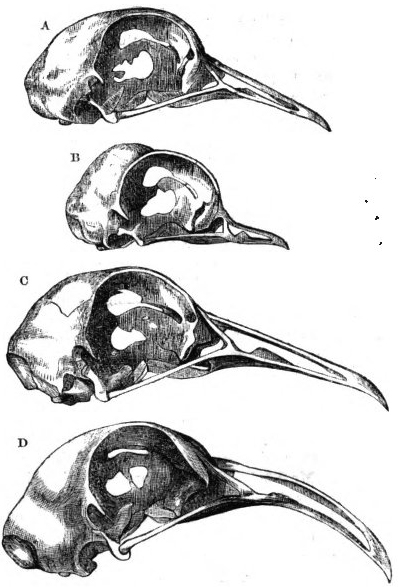Bioregional Biography and the Geography of Affect: Spatialised Somnambulance in Alice Oswald's Sleepwalk on the Severn
DOI:
https://doi.org/10.60162/swamphen.4.10617Keywords:
Ecocriticism, contemporary poetryAbstract
At the centre of Oswald’s second book-length poem, Sleepwalk on the Severn (2009), lies a conflation of the feminine gendered moon and an elderly woman dressed in black, pictured against rainfall at night. Distinctions of kind and various senses of incongruence are evident markers in the text that denotes changeability of humans in the unfixed environment. It is with a sensitivity to our own understanding of the hydrologic cycle and our planet’s relation to its moon that Oswald deconstructs textual markers of subject positions; in Sleepwalk identity—individual and communal—is aligned to poetic voice, which in itself is impressionable and unfixed, subject to specific situations in which the text and space are imbricated, one with the other. This essay argues that environmentally emplaced affect can be located through an attention to Oswald’s concrete, spatialised ecopoetic ‘registers’ (voices) and an undulating, accumulative literary score that underpin Sleepwalk’s geographic imaginary.
Downloads
Published
Issue
Section
License
Authors who publish with this journal agree to the following terms:- Authors retain copyright and grant the journal right of first publication with the work simultaneously licensed under a Creative Commons Attribution License that allows others to share the work with an acknowledgement of the work's authorship and initial publication in this journal.
- Authors are able to enter into separate, additional contractual arrangements for the non-exclusive distribution of the journal's published version of the work (e.g., post it to an institutional repository or publish it in a book), with an acknowledgement of its initial publication in this journal.
- Authors are permitted and encouraged to post their work online (e.g., in institutional repositories or on their website) prior to and during the submission process, as it can lead to productive exchanges, as well as earlier and greater citation of published work (See The Effect of Open Access).

